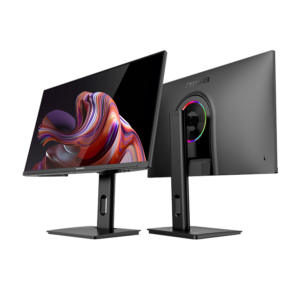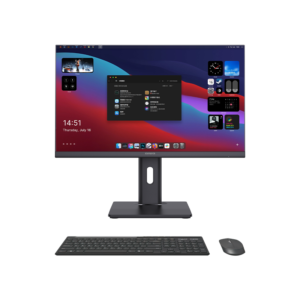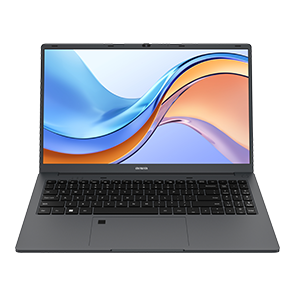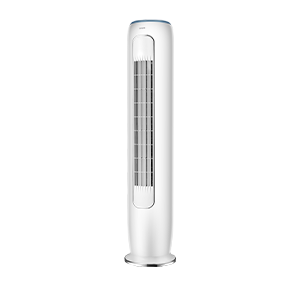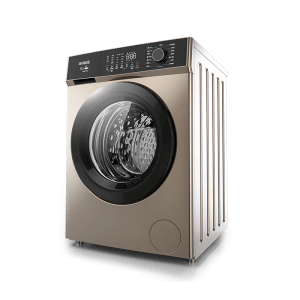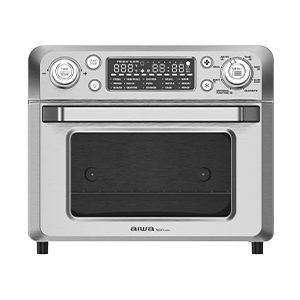How Bluetooth And Noise Reduction Applies to Headphones
Headphones are great for disconnecting from the world and settling into a deep listening experience to enjoy your favorite music, podcast, or audiobook. However, sometimes the outside world can still get through, affecting your listening experience.
A great way to cut through all the noise is with noise reduction headphones, and when combined with Bluetooth wireless technology, you can enjoy the comfort of sound isolation and flexibility in usage without messy cables.
In this article, we’ll talk about Bluetooth and noise reduction technology and how they work together to produce a seamless listening experience. Let’s take a look!
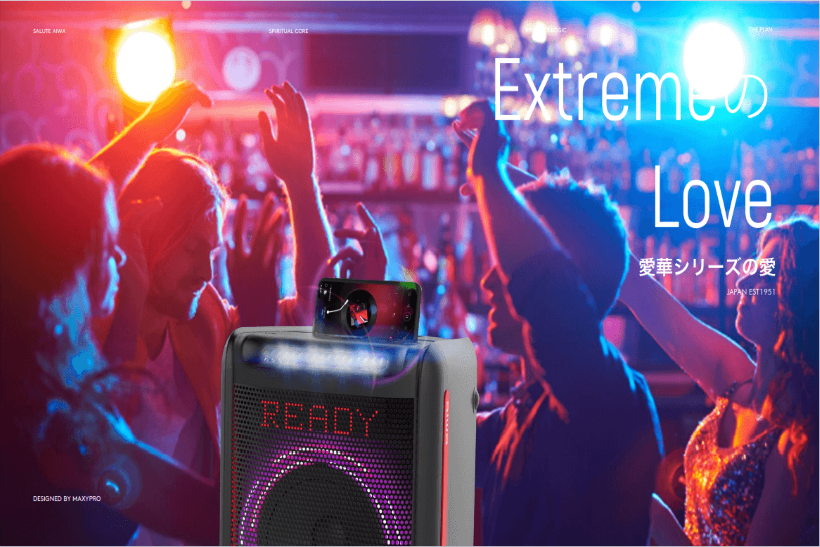
Bluetooth Technology
Bluetooth technology is the most common wireless technology used for headphones today. This technology works by radio waves rather than wires or cables and allows a headphone with a chip that contains a Bluetooth radio to connect with devices such as your cell phone, smartphone, or computer.
With Bluetooth-enabled headphones, you can connect to one or multiple devices at the same time, allowing you to listen to music or other sounds without having to bother about unsightly cables and wires that were once needed to establish a connection in the past.
In fact, Bluetooth is the foundation on which the modern wireless headphone varieties stand. You’ll find in the market today countless devices and wireless earbuds that come with the technology. The latest iteration of Bluetooth technology is version 5.0, which operates at a range of 100 feet compared to 33 feet for Bluetooth version 4.0.
Noise Reduction
Noise reduction technology works by reducing the ambient noise that could filter into a headphone so that a listener could hear only the audio and don’t have external sounds distracting them. It basically isolates listeners from the outside world.
Noise reduction headphones exist in three varieties, which are active, passive, and adaptive noise reduction headphones!
Active Noise Reduction Headphones
Active noise reduction headphones work by canceling out low-frequency waves. By doing this, they can decrease noise effectively. This is possible because the headphone generates its own waves that copy the noise entering. Active noise reduction headphones are able to reduce noise up to 20 decibels. They block out more than 70% of external noise.
Passive Noise Reduction Headphones
These kinds of headphones can reduce ambient noise by how much the ear cups latch against the ear. The better the ear-cup fitting of passive headphones can embrace and seal the ear around them, the better the sound isolation.
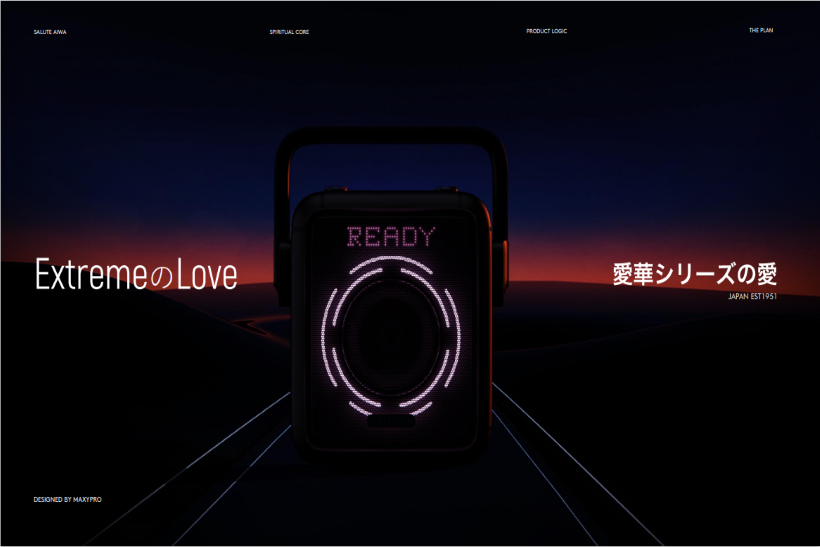
Adaptive Noise Reduction Headphones
Adaptive noise reduction on headphones works in a unique way that is based on advanced algorithms that process the sound. It works by sensing external sound, then uses forward algorithms to effectively obstruct it.
The headphones use technology to listen for shifts in ambient sounds and then steps in to modify the sound according to the ear size or headphone fit of the user. It boosts the overall energy elimination to the environment through adaptive filters. For example, with an airplane noise, its filters block out sound in the low-frequency range, and at a restaurant, it typically blocks out the sound in the mid-range.
Application Of Bluetooth And Noise Reduction Technology In Headphones
Noise-reducing Bluetooth headphones combine two amazing technologies for a seamless audio listening experience. First, these headphones can reduce ambient noise such as people chattering nearby, vehicle horn honk sounds, or a dog barking through active, passive, or ambient noise reduction.
Together with Bluetooth technology, they make it possible to enjoy your favorite music without having to drag along cumbersome cords as these headphones pair with Bluetooth enabled devices and receive their audio signals or carrier waves wirelessly from them through built-in receivers.
These single-frequency carrier waves are typically transmitted in the radio frequency in today’s headphones. The carrier wave hits the wireless receiver, which decodes the audio signal from the wave that is heard as sound on the headphone.
One thing about headphones with Bluetooth wireless technology is that once they are active, they require power to continue functioning properly, hence batteries that supply this power.
Because of the combination of noise reduction and wireless Bluetooth technology in headphones, it is easy to pair them with smartphones, computers, and other Bluetooth enabled devices seamlessly and be able to read, work or relax in peace even in a noisy environment.
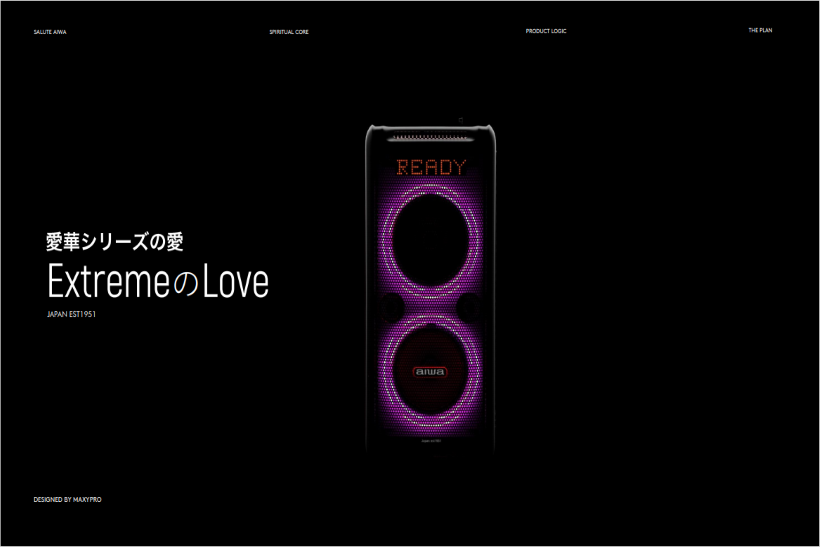
Conclusion
If you like to listen to your music while commuting or out in public and don’t want to tug on wires as you go, nothing can make it more enjoyable than noise-reducing headphones with Bluetooth technology.
Many companies have tried to produce noise reduction headphones that do the job effectively, but only a few have been able to deliver on their promises.
At Aiwa, we understand what users need and have been developing a new generation of noise-reducing Bluetooth headphones. Our team of professionals is aware of the power and need for pure sound. Together with our speaker, we want to create an unforgivable audio experience. Check out our solutions!









